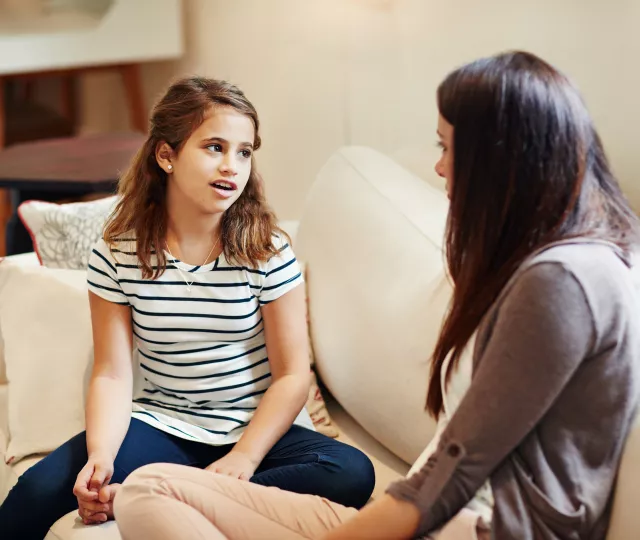This toolkit is designed to encourage families, caregivers, and educators to have open, accurate and constructive conversations about race, racial differences, racial inequity and racism, with their children/students, in an age-appropriate way. The main objectives are to:
- Provide users with resources to encourage and facilitate discussions about race/racism
- Increase children’s exposure to racially (and ethnically) diverse stories and characters
- Promote positive and accurate learning experiences about human differences and similarities
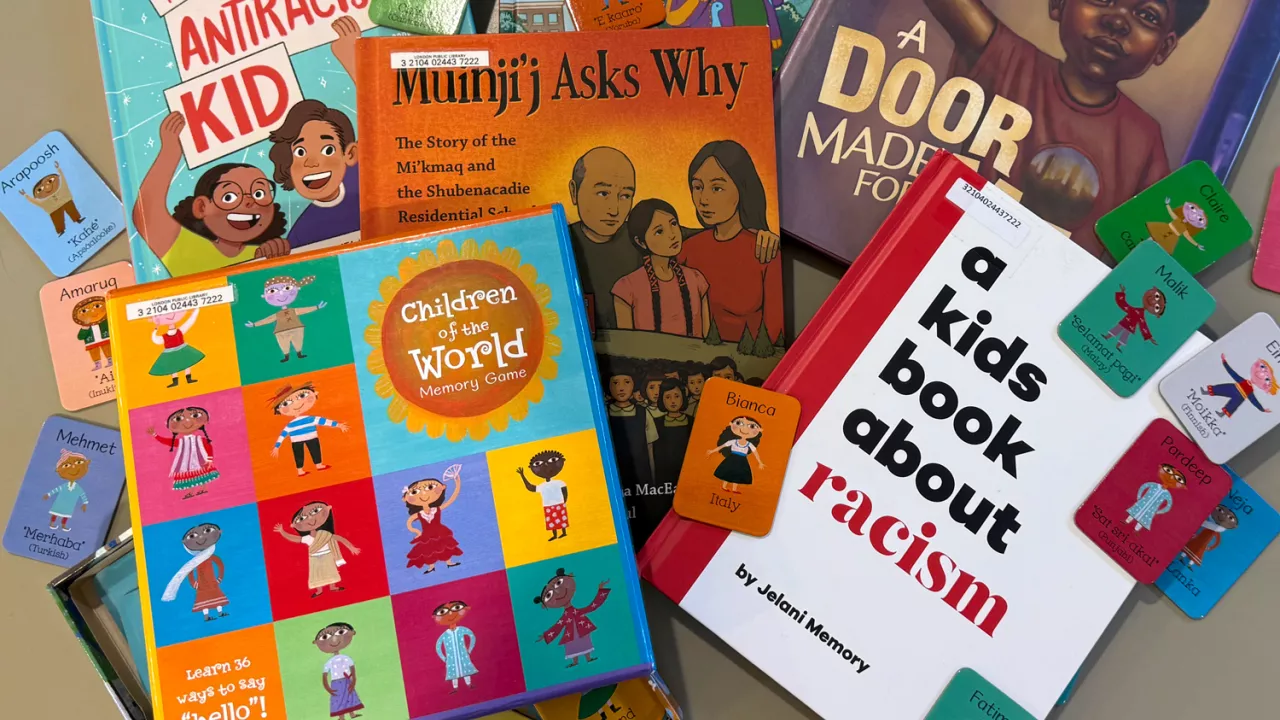
What's in this Kit?
Books and Activities
Our curated booklist for children 9+ features Canadian authors from a variety of diverse backgrounds. Books are also available as stand-alone reads through the catalogue.
Toys, Games and Activities (Manipulatives)
Find games geared to children aged 9+ to further expose your child to diversity.
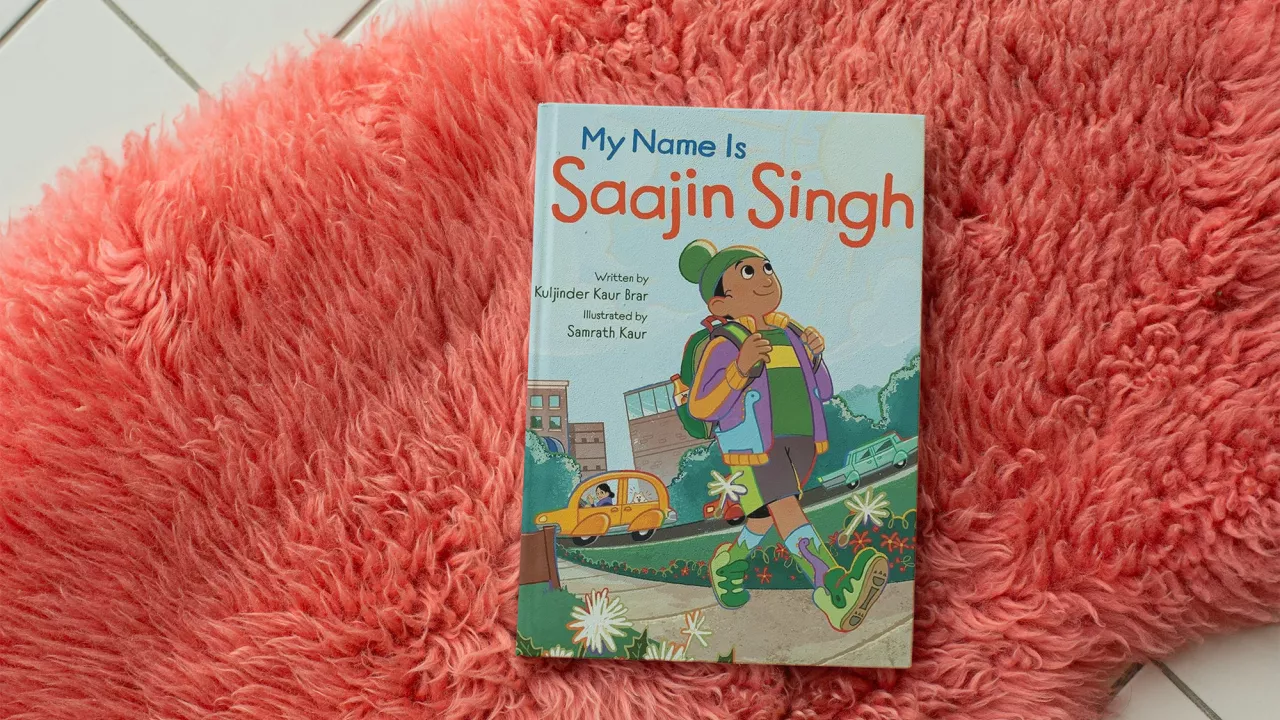
My Name is Saajin Singh
by Kuljinder Kaur Brar
This book celebrates cultural identity and the importance of pronouncing someone’s name correctly. Saajin (SAH-jin) is excited to meet his new classmates on his first day of school, but is deflated when the teacher mispronounces his name as Say-jin, and he is not sure how—or if he should—correct her. After trying to live with the different version of his name for a while, and after having some thoughtful conversations with his family about the meaning behind it, Saajin learns to confidently take pride in his name. This story will highlight the importance of embracing one’s own identity.
Borrow My Name is Saajin Singh
-
- Saajin's name means 'loving friend' in Punjabi. Does your name have a meaning?
- If you could choose a meaning for your name, what would you choose? Why?
- Why do you think Saajin chose not to correct Mrs. Wilson or Kelly when they mispronounced his name? Has anyone ever mispronounced your name? If so, how did it make you feel and what did you do about it?
- Can you point out moments in the book where Saajin displays courage? What are some courageous moments you remember displaying in your life?
- Saajin and his family's dinner consists of daal (brown lentil soup), dahi (white yogurt), and roti (circular pita). What are your favourite meals to eat with your family?
- What would you do if you meet someone with a name you think is challenging to pronounce?
- What can you do to try and understand someone who speaks differently from you?
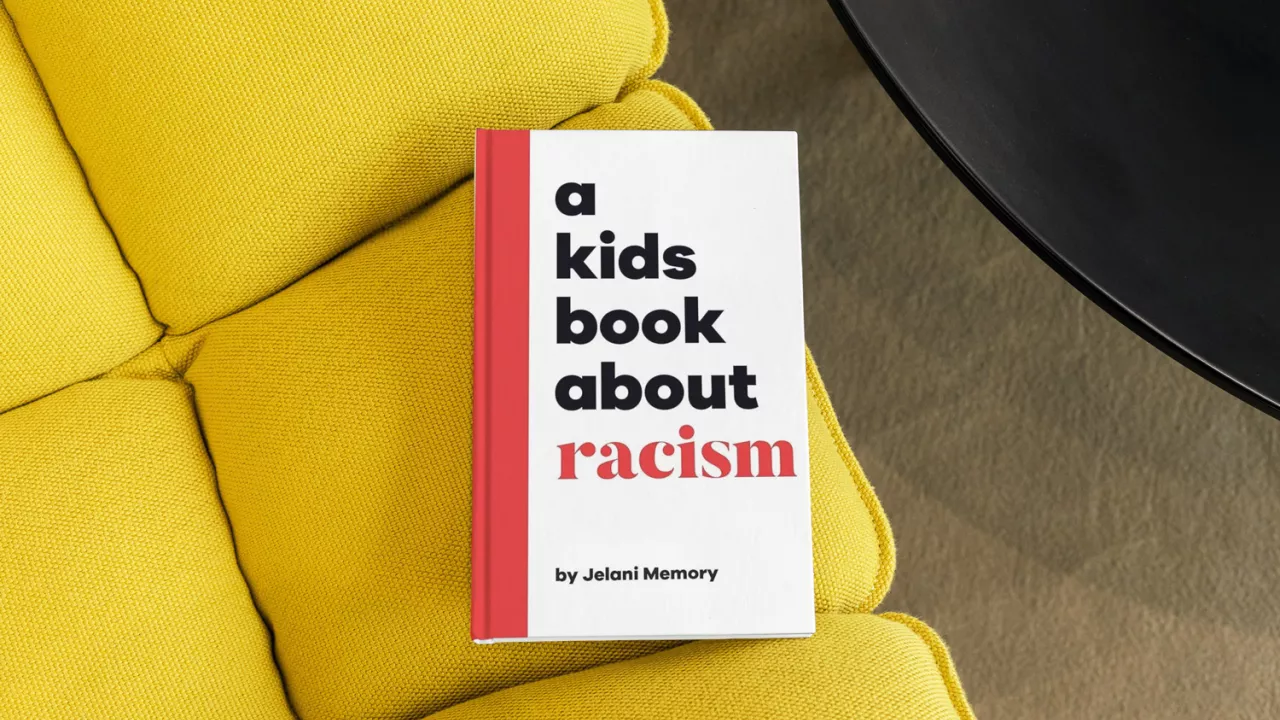
A Kids Book About Racism
by Jelani Memory
This book is an introduction to the topic of racism for children and their families. Through a simple yet thought-provoking writing style, this title will help adults navigate the difficult yet important conversation of racism with children. The author encourages readers to identify everyday racism, whether big or small, in their daily lives and what they can do about it.
Borrow A Kids Book About Racism
-
- Do you think it's okay to notice and talk about differences in people? Or, more specifically, do you think it's okay to notice and talk about differences in people's skin colour? Why? Why not?
- Some people think it's okay to treat others differently because they have a different skin colour. What do you think about this?
- Have you ever seen someone treated differently because of their skin colour? Have you ever been treated differently because of your skin colour? (Hint: if you have white students, challenge them to think of a time that they might have had an advantage because of their whiteness.)
- When was a time you took a stand for yourself or for someone else? If someone was being mean to your friend, how would you stand up for them?
- The author explains that racism and racist attitudes have made him feel small and that it hurts him (a lot). What can you do when you see someone experiencing racism?
- How can we help others learn about the harms of racism? How can you be an advocate?
- Read the "Outro" at the end of the story. As the grownup, ask the children listening what questions they have about racism. As the author says, "you're more afraid than they are to talk about racism." Use this opportunity to open up the conversation and search up any information that you do not have the answers to.
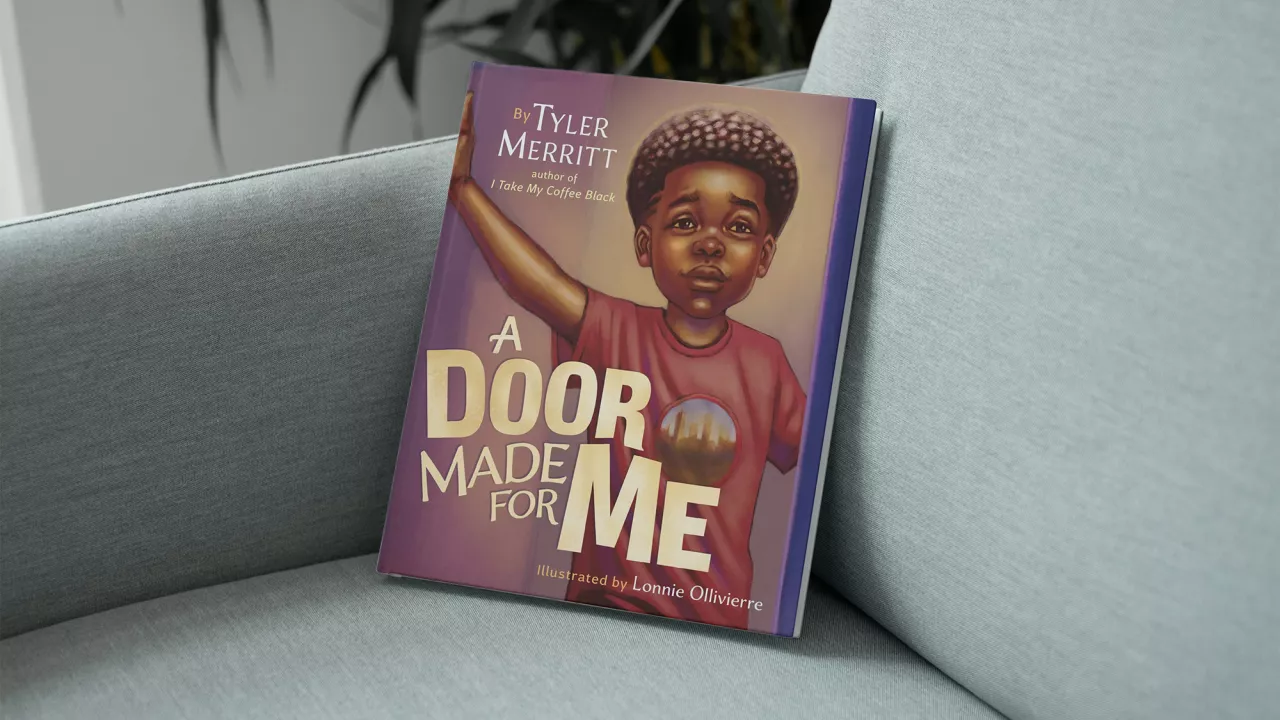
A Door Made For Me
by Tyler Merritt
In this story, a young Black boy endures a racist encounter when house doors are closed to him. This experience leaves him feeling alone and rejected, and he is faced with the harsh reality of how unkind the world can be. Based on an experience from the author’s own childhood, this book leaves readers with an honest account of a personal encounter with racism and the impact that it has on the young boy. Ultimately, the boy is offered comfort by his grandfather, and reminded that he is loved and that he matters. Written with simple language, this book is accessible and offers a good starting point for
Borrow A Door Made For Me
-
- "Suddenly my stomach was doing flips," is how Tyler describes his feeling as the second door shuts in his face. Why do you think Tyler felt that way? Can you imagine this feeling? Why/why not?
- Why did the woman let Jack in the house but not Tyler? What do you think about her actions? Why do you think about Jack's actions?
- "You'll find a door that's right for you - and when you do, be sure to leave it open for the next kid struggling to get in." At the end of the book, Tyler imagines holding open the door for whoever wants through. What does it mean to 'hold doors open' for others? In what ways can you hold open doors for others?
- At the end of the book, Tyler says that Jack is "still learning. I think he'll be a better friend someday." How do you think Jack could have been a better friend to Tyler? What could he do in the future instead?
- What are some things you can say/do when you witness racism?
- What role can you play in being a part of change in your community?
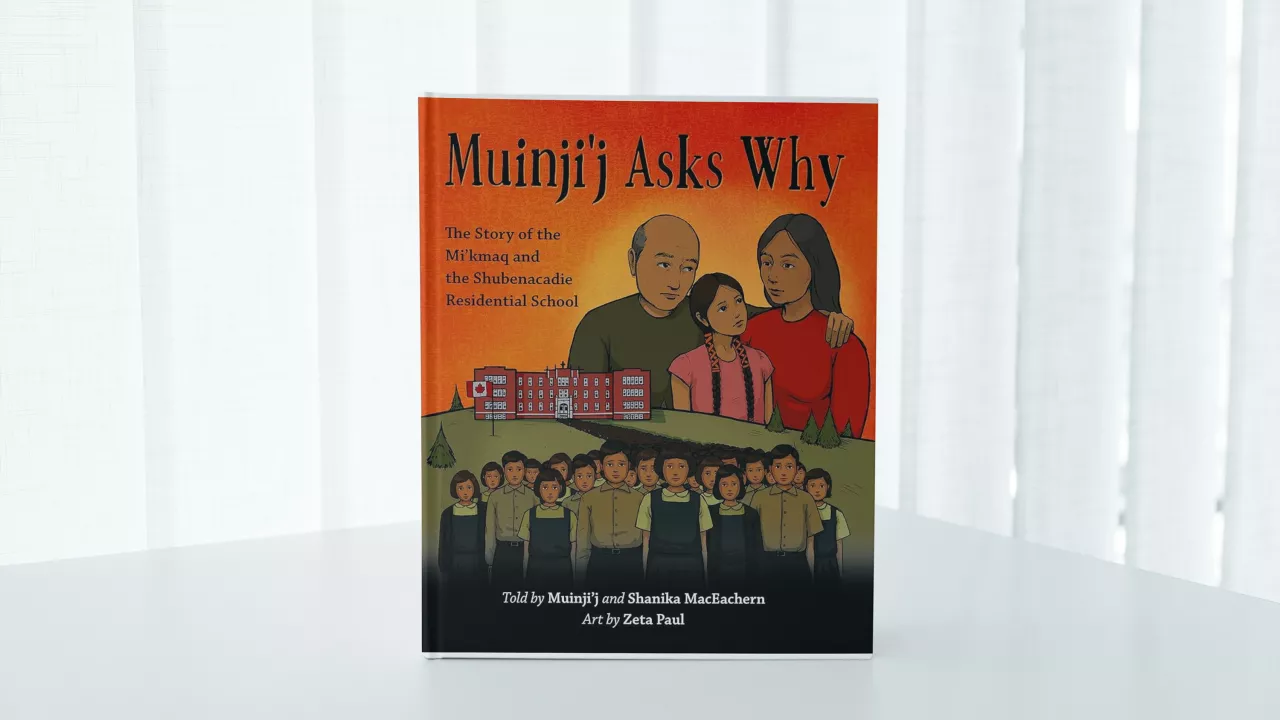
Muinji'j Asks Why: The Story Of The Mi'kmaq And The Shubenacadie Residential School
By Muinji’j And Shanika MacEachern
In this book, a young girl goes to her grandparents with
questions about the residential school
system. The adults then describe their history - how
initial contact with colonials and the Indigenous people
progressed to the forced mandatory enrolment of
Indigenous children in schools throughout Canada.
The difficult subject is tackled head-on, with the
grandparents modeling how adults can answer
questions about difficult subjects for children in an
honest and age-appropriate way. Muinji’j Asks Why?
makes this complex issue accessible to a young
audience. It is a strong introduction to the history of
residential schools and their ongoing impact on society.
Borrow Muinji'j Asks Why
-
- The book describes children being forcibly taken away from their homes to residential schools. What do you think that felt like/how would you feel if that happened to you? What do you think your parents would do?
- Many of the children were taken to residential schools for the entire year. How do you think this made them feel? What do you think they missed most about their homes?
- "They wanted everyone to dress the same, talk the same and think the same. To be Canadian was to be like them." Would you be okay with someone trying to make you into something you are not? Why/why not? What are some of the emotions you think the children were feeling?
- At the end of the book, Muinji'j asks "how will we make sure our teachers know our story, our true story?" Papa replies "We will tell them." Why do you think it is important to learn about residential schools? What can we do to ensure that people remember what happened? How do we make sure that it doesn't happen again?
- What are some of the ways in which the Mi'kmaq lived before that are different from lifestyles today?
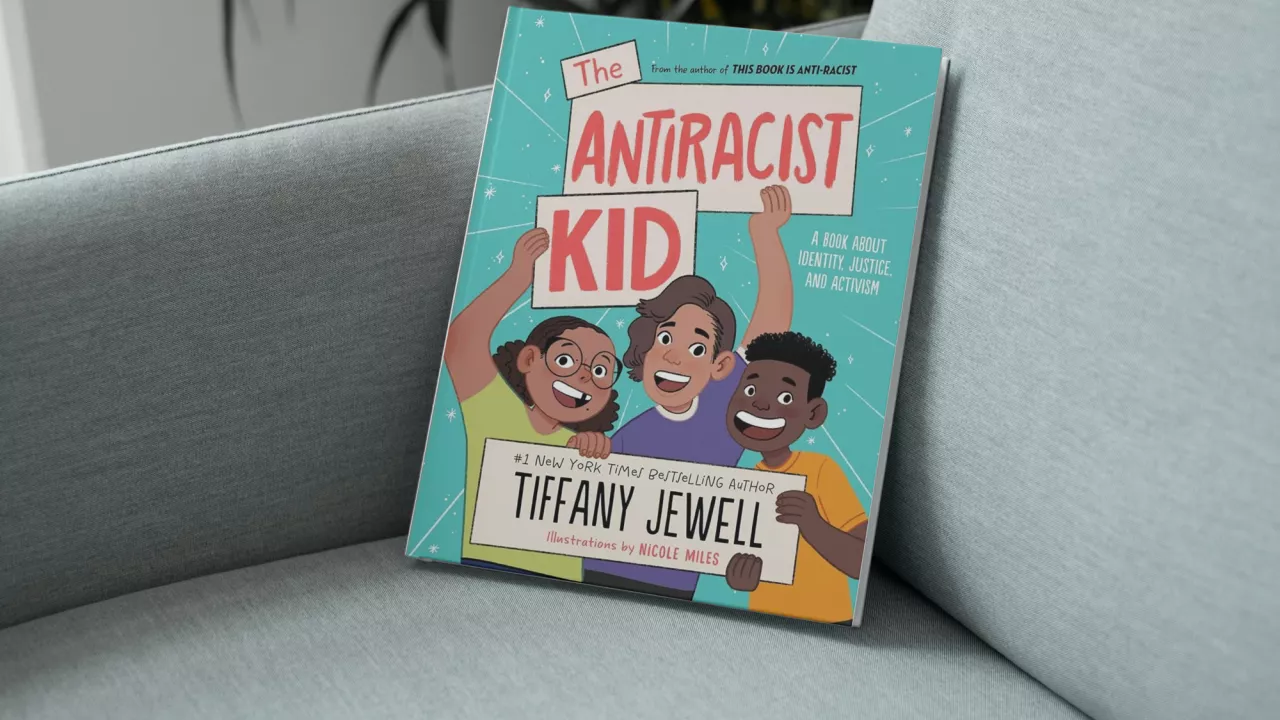
The Antiracist Kid: A Book About Identity, Justice, And Activism
by Tiffany Jewell
An antiracist kid is one who makes a choice to be
active and resist racism. Through in-depth discussions,
definitions and historical context this book assists
teachers and parents alike to assist youth in becoming
an antiracist kid.
Borrow The Antiracist Kid
-
- What does fairness mean to you? Can you think of a time when you witnessed a situation that was unfair to someone of a different race? If you did, what could you do to support them?
- Why should we discuss our differences? Are differences positive or negative? What are some of the amazing differences in the people around you?
- What are some examples of oppression?
- There are many ways in which you can become an activist. Can you share your ideas about how you can become an activist in your daily life? What are some smaller ways? What are some bigger ways to become an activist?
- Advocating for yourself is not easy. What are some ways that you can stand up for yourself? What are some of the ways that you could stand up for others?
Beyond the Books
Suggested Actions for Parents and Caregivers
The following suggestions can help you continue to have conversations about race with your child, that support awareness, celebrate racial differences and practice anti-racism.
1. Learn the facts: By learning about the issues, you’ll be better able to discuss them. Listen to podcasts, watch videos, read up on the history of racism and civil rights etc., so that you’ll be better prepared to answer your child’s questions. *If you are now beginning to have these conversations, check out our Preschool and Elementary Primary resource Toolkits for ideas.
2. Keep talking. It is widely believed the last thing t(w)eens are interested in is having conversations with parents. But, even if your child does not initiate conversations about issues of race, find ways to bring those topics up with them. Use current issues from the news as a springboard for discussion. Ask your child what they think about the issues happening around them.
3. Model it: Talking to your child about the importance of embracing difference and treating others with respect is essential, but it’s not enough. Your actions, both subtle and overt, are what they will emulate. Children are more likely to be influenced by what you do, than what you say, so it’s important for your words and behaviors to align. Modeling with actions is as important as just talking about concerns.
4. Acknowledge difference: Rather than teaching children that we are all the same, acknowledge the many ways people are different, and emphasize the positive aspects of our differences — language diversity, various music and cooking styles, dress, etc. Likewise, be honest about instances, historical and current, when people have been mistreated because of their differences.
5. Broaden opportunities: It may be natural for older children and teens to stick to groups they feel most comfortable with during the school day. These are often the people they identify as being most like themselves. Provide other opportunities for your child to interact with peers from different backgrounds. Suggest volunteer, extracurricular, and work opportunities that will broaden your child’s social circle.
6. Encourage activism. Promote ways for your child to get involved in causes they care about. When young people know they have a voice in their community, they are empowered to help resolve issues of injustice. Have conversations about systemic and structural racism and continue to point out systemic and structural racism.
7. Keep the conversations going: Plan for a marathon, not a sprint. Talking about race and racism should not be a one-time occurrence. Encourage your child to come to you with questions and continue to talk about the issues.

